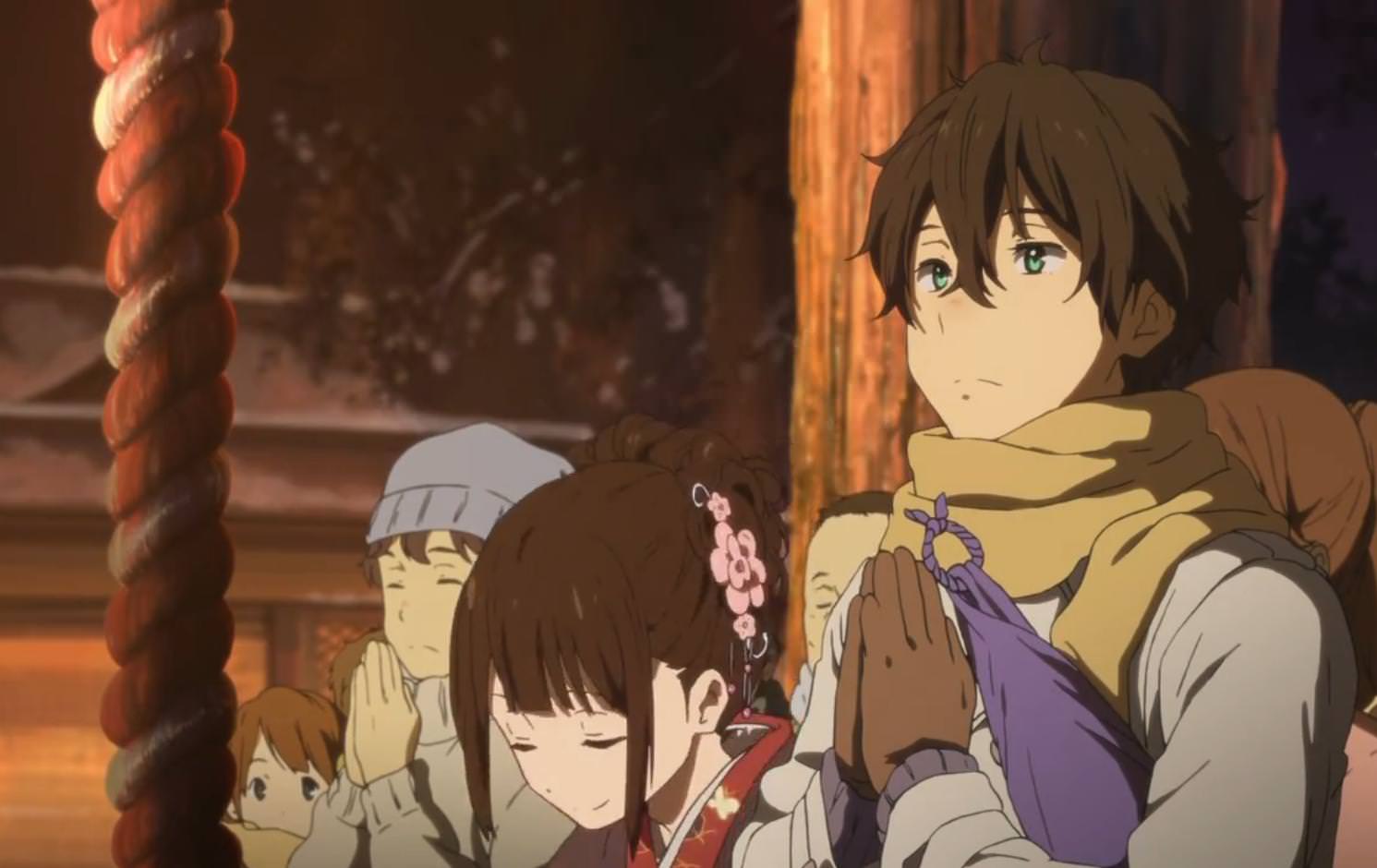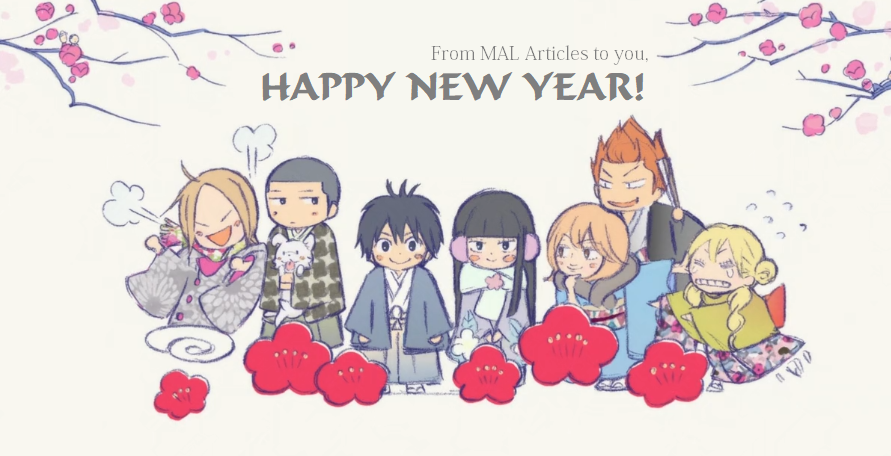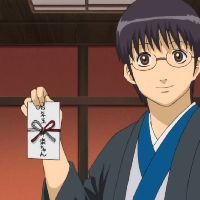This article was written by Shymander and edited by toblyvikku of the MAL Articles Club.
Interested in writing or editing for us? Click here!
This article is the final part of a 4-part miniseries in anticipation of the new year, which will cover the fundamental elements of a traditional Japanese New Year (お正月, Oshōgatsu), along with how and where it is represented in anime. Today, we will be covering what is perhaps the most well-known and most often represented part of Japanese New Year: the shrine visit (初詣, Hatsumōde).
The first shrine visit of the year can take place on the night of New Year's Eve or in the first few days of the new year, and can be a Buddhist temple or Shinto shrine. A shrine visit usually consists of making a wish for the new year, buying charms or amulets from the shrine called omamori (お守り - meaning protection), and returning the omamori they bought last year to burn it. The wish occurs at the front of the shrine, where the bell is rung and the wish is made by clapping your hands together and bowing.

From Hyouka episode 20
A common tradition at a shrine visit on New Year's is to buy a written fortune called an omikuji (おみくじ). Omikuji almost always contain a general blessing and then lists fortunes based on specific aspects of one's life. All general blessings are Blessing (吉, kichi) or Curse ( 凶, kyō), each with different levels: Great, Middle, Small, Half, and Ending.
When the fortune is negative, it is traditional to fold up the strip of paper and tie it to a pine tree or a wall of metal wires alongside other bad fortunes in the shrine. The accepted reason for this tradition is that it's a pun on the word for pine tree (松, matsu) and the verb 'to wait' (待つ, matsu). The idea is that the bad fortune will wait by the tree rather than being stuck to its bearer. If the fortune is good, the bearer has two options: they can also tie it to the tree or wires so that the fortune has a greater effect or they can keep it for good luck. Omikuji are available at most shrines, and remain one of the traditional activities related to shrine-going. Often, there is also the option to buy food and other trinkets from festival-like stalls throughout the shrine. Common stalls include okonomiyaki and yakisoba.

There is no end to series with shrine visits: Kimi ni Todoke, Hyouka, Hibike! Euphonium, Tsuki ga Kirei, Love Live! School Idol Project, etc. Most often, they show the characters together with a group friends or family making a wish at the shrine and reading their fortune. In Kimi ni Todoke episode 25, we see an example of an omikuji reading, where Sawako's general blessing is curse (凶), but the specific aspect of romance is "the person you are with right now is the one," which creates an incredibly touching moment at the end of Kimi ni Todoke's first season. In anime, New Year's celebrations are often used as a time for characters to connect with each other emotionally just as people in real life, but this is achieved not just with shrine visits.
The First Sunrise

From Bakuon!! episode 8
This isn't so much a Japanese tradition for New Year's, but rather an anime one. Seeing the first sunrise of the new year is a far more common plot point in anime than you might think. It's a touching moment that occurs in the series and episodes the like of Non Non Biyori episode 10, Bakuon!! episode 8, Hayate no Gotoku episode 40 and is mentioned in Himouto! Umaru-chan episode 8.
Seeing or doing anything for the first time in the new year is always a special occasion, and seeing the first sunrise certainly is a spectacular one. It signifies the dawning of a new day, a new month and most importantly, a new year; a fresh start for you to achieve your dreams and goals. Perhaps going somewhere special with people precious to you to see the first sunrise of the year isn't such a bad idea for a New Year's tradition.
Thank you for joining us on this journey through the traditions of Japanese New Year, but most importantly:





